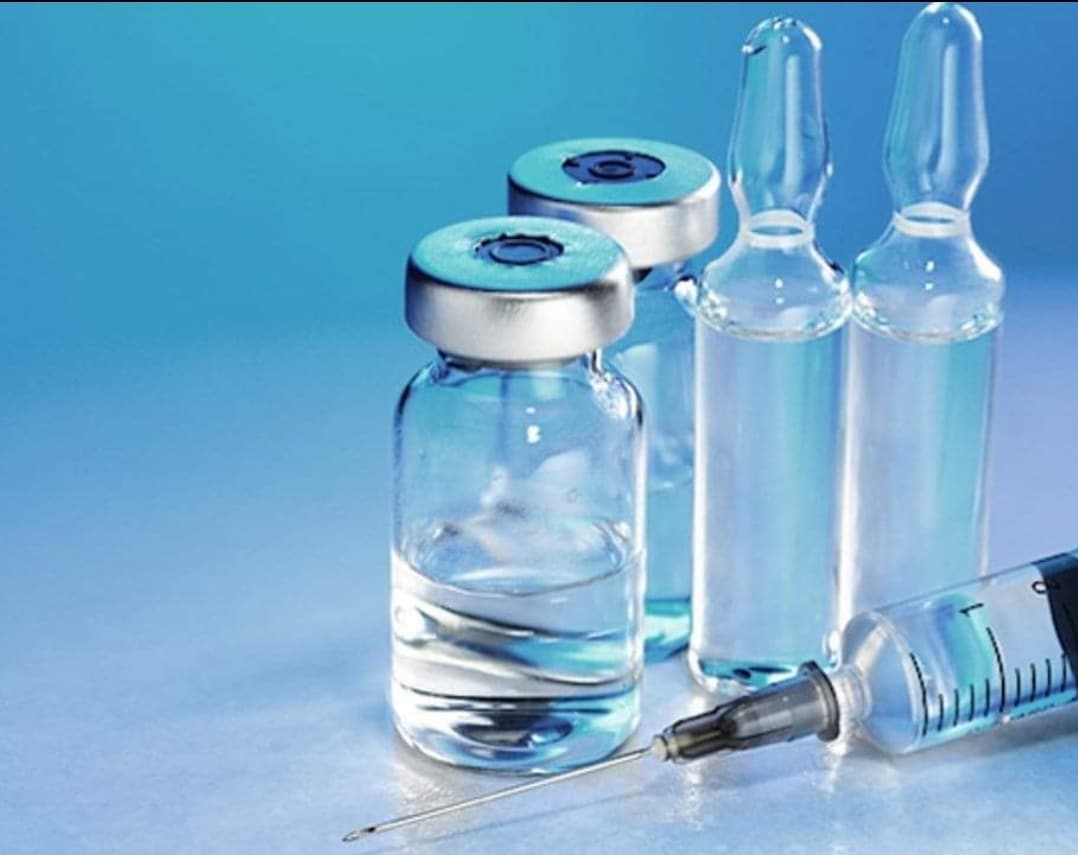USP Adsorption to Container Surface Testing
The USP Adsorption to Container Surface testing is an essential procedure in the pharmaceutical industry that ensures injectable and parenteral products are free from contaminating substances. This test evaluates the extent of drug substance adsorption onto container surfaces, which can lead to stability issues or impede product efficacy.
Adsorption refers to the process by which molecules from a gas, liquid, or dissolved material attach themselves to a surface. In pharmaceutical testing, this phenomenon is particularly critical when dealing with injectable and parenteral products as they are often stored in glass containers like vials or syringes before administration. If adsorbed materials cannot be effectively removed during preparation for use, they might be reintroduced into the patient's bloodstream.
Adsorption can significantly affect product quality by altering its physical and chemical properties. For instance, it may change the solubility of the drug in solution or modify its dissolution rate. Additionally, adsorbed substances could potentially degrade over time, leading to decreased potency or increased risk for adverse reactions.
The USP method specifies a series of steps designed to simulate real-world conditions as closely as possible while also controlling variables that might influence results. These include selecting appropriate storage conditions (temperature and humidity), exposure duration, and cleaning methods prior to testing.
During the adsorption test, samples are prepared according to specific protocols outlined in USP General Chapter 0912. After exposure, samples undergo rigorous analysis using analytical techniques such as chromatography or spectroscopy.
It is important to note that the choice of container material also plays a crucial role in this process. Different types of glass can exhibit varying levels of adsorption behavior due to differences in surface chemistry and composition. Therefore, understanding these nuances helps tailor testing procedures appropriately for each product type.
The significance of preventing unwanted adsorption cannot be overstated given its potential impact on patient safety and regulatory compliance. By adhering strictly to USP guidelines, manufacturers can ensure that their products meet stringent quality standards and maintain consistent performance throughout shelf life.
Why Choose This Test
Selecting the appropriate adsorption testing method is vital for maintaining high-quality pharmaceutical products. One key advantage of adhering to USP methodologies lies in ensuring uniformity across different manufacturers' processes. This consistency is particularly important when dealing with complex formulations where slight variations could compromise product integrity.
- Regulatory Compliance: Meeting FDA and international standards like those set forth by the European Medicines Agency (EMA) ensures adherence to global regulatory frameworks.
- Patient Safety: Minimizing risks associated with contaminated or degraded medications through thorough quality control measures.
- Product Integrity: Preserving the chemical and physical properties of active ingredients throughout production, storage, and distribution stages.
By implementing robust adsorption testing protocols early in development cycles, companies can identify potential issues before they become major problems. This proactive approach not only enhances product reliability but also reduces costs associated with recalls or reformulations later on.
Customer Impact and Satisfaction
The success of pharmaceutical products heavily depends on their ability to deliver consistent results across various markets. Consistent quality is paramount for building trust among healthcare providers and consumers alike. Through comprehensive adsorption testing, laboratories play a critical role in ensuring that each batch meets rigorous standards.
Manufacturers benefit from reliable test outcomes which contribute positively towards brand reputation and market acceptance. Satisfied customers lead to increased sales volumes and long-term business relationships with partners worldwide.
Additionally, successful completion of adsorption tests demonstrates commitment to best practices within the industry. It reassures stakeholders about ongoing dedication to excellence in manufacturing processes, thereby fostering greater confidence in new offerings.
International Acceptance and Recognition
- American Society for Testing and Materials (ASTM): ASTM E1670-98 specifies a procedure similar to USP adsorption testing but focuses more on compatibility studies between containers and drugs.
- British Pharmacopoeia: While not directly addressing container adsorption, BP guidelines provide comprehensive information relevant to overall drug stability assessment.
- European Pharmacopoeia: EP 2.9.30 offers detailed instructions for conducting similar tests focusing on extractables and leachables analysis.
- International Organization for Standardization (ISO): ISO standards such as ISO 15647 series provide general principles applicable to container closure integrity testing, which includes aspects related to adsorption.
These organizations recognize the importance of thorough testing procedures like those prescribed by USP. Their endorsement lends credibility and ensures widespread applicability in diverse geographical regions.





